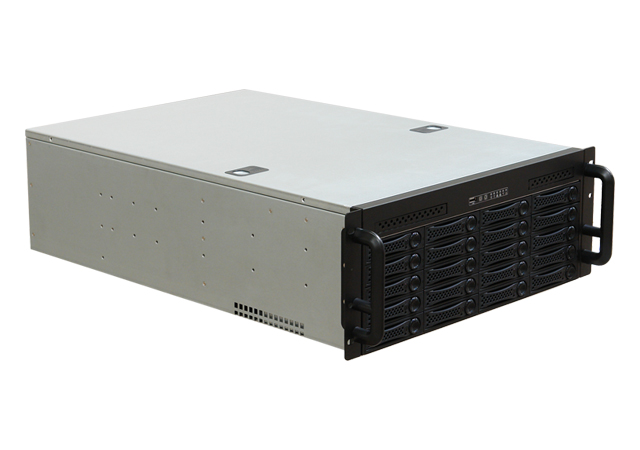I’ve moved from a CentOS linux distro running vmware server 2.0 to OpenSolaris running VirtualBox. My previous system was totally headless and i wanted something similar to replace it.
I’ve just started getting into OpenSolaris for many reasons (Sun has some cool stuff – ZFS / VirtualBox). But I have always wanted to run OpenSolaris as a headless server, and from what i initially found VirtualBox didn’t have the easy to use autostart on boot features that vmware server had. But there are always ways to get things working…
OpenSolaris 2008.11 has desktop sharing (system->preferences->desktop sharing) which is half of the job — enable this.
I had issues if i used a password protected session (it kept prompting on the actual console for password to unlock the key chain), so chose not to prompt for password for now. Now every time after you have logged in you are able to connect to your machine via VNC. (veno-server)
The other half of the problem is how to have the machine automatically log on as a user on boot-up. This is easily enabled via /etc/x11/gdm/custom.conf or gdmadmin. See this post for more details on the autologon.
Updated : 26/07/2009
After a bit of playing about I’ve found another way to make opensolaris the perfect headless box. First fire up gdmsetup and enable the required remote sessions.
Go to the “Remote” tab and set the style to “same as local”, then under security ensure that “Deny TCP connections to Xserver” is not checked.
Next go into the services GUI and tick the box next to X server (x11/xvnc-inetd). Next type;
svcs | grep vnc
Disable all vnc services except the one we want to enable (below);
svcadm enable xvnc-inetd
Now to get the vnc session to remain open when you disconnect update the service with the following parameter change;
svccfg -s xvnc-inetd setprop inetd/wait = boolean: true
Reboot. Done.
You should upon reboot be able to vnc straight into the box with a session that wont reset on disconnect.
